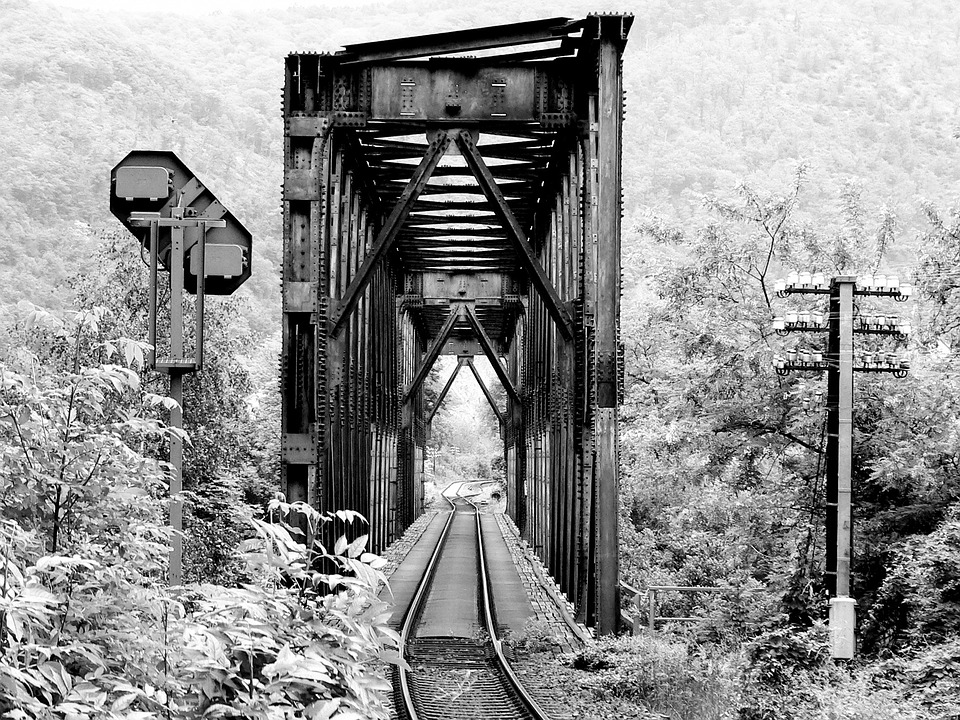Exploring the Forgotten Branch Lines of Midland Railway: A Journey Through the Past
The Midland Railway was once one of the most extensive railway networks in England, connecting cities, towns, and villages across the Midlands. While the main lines of the Midland Railway are well-known and still in use today, there were also many branch lines that served smaller communities and industries. These branch lines are often forgotten, but they provide a fascinating glimpse into the history of the railway and the communities it served.
The Rise and Fall of the Midland Railway
The Midland Railway was founded in 1844 and quickly grew to become one of the largest railway companies in England. Its main lines connected cities such as Manchester, Birmingham, and Leeds, as well as smaller towns and villages. The Midland Railway played a crucial role in the industrial revolution, transporting goods and people across the country.
However, with the decline of the coal and manufacturing industries in the mid-20th century, many branch lines of the Midland Railway were closed or abandoned. Today, only a few of these branch lines remain in operation, while others have been transformed into walking and cycling paths, or lie abandoned and overgrown.
Exploring the Forgotten Branch Lines
Despite their abandonment, the forgotten branch lines of the Midland Railway can still be explored today. Walking or cycling along these old railway tracks, it is easy to imagine the trains that once passed through, carrying passengers and goods to their destinations. Many of the old railway stations and signal boxes still stand, although they are now often derelict and overgrown.
One such forgotten branch line is the Cromford and High Peak Railway, which once connected the village of Cromford in Derbyshire with the Peak District. The railway was built in the early 19th century to transport cotton and other goods from the mills of Cromford to the mainline railway at Whaley Bridge. Today, the railway has been transformed into the High Peak Trail, a popular walking and cycling route that offers stunning views of the Peak District countryside.
Another forgotten branch line is the Ashby and Nuneaton Railway, which connected the towns of Ashby-de-la-Zouch and Nuneaton in Leicestershire and Warwickshire. The railway was closed in the 1960s, but parts of the old trackbed have been transformed into the Battlefield Line Railway, a heritage railway that operates steam trains for visitors.
Preserving the Legacy
While many of the branch lines of the Midland Railway have been lost to history, there are efforts underway to preserve and celebrate their legacy. Heritage railway organizations such as the Battlefield Line Railway and the Swanage Railway in Dorset operate steam trains on old branch lines, giving visitors a taste of what rail travel was like in the past.
Local communities are also working to preserve the history of the Midland Railway branch lines. In the village of Wirksworth in Derbyshire, volunteers have restored the old railway station and transformed it into a community hub, with a café, heritage centre, and art gallery. The station now hosts events and exhibitions celebrating the heritage of the Midland Railway.
Conclusion
Exploring the forgotten branch lines of the Midland Railway is a journey through the past, offering a glimpse into the history of the railway and the communities it served. While many of these branch lines have been lost to history, there are still opportunities to explore and celebrate their legacy. Whether walking along an old railway track, riding a steam train on a heritage railway, or visiting a restored railway station, the forgotten branch lines of the Midland Railway offer a unique way to connect with the past.
